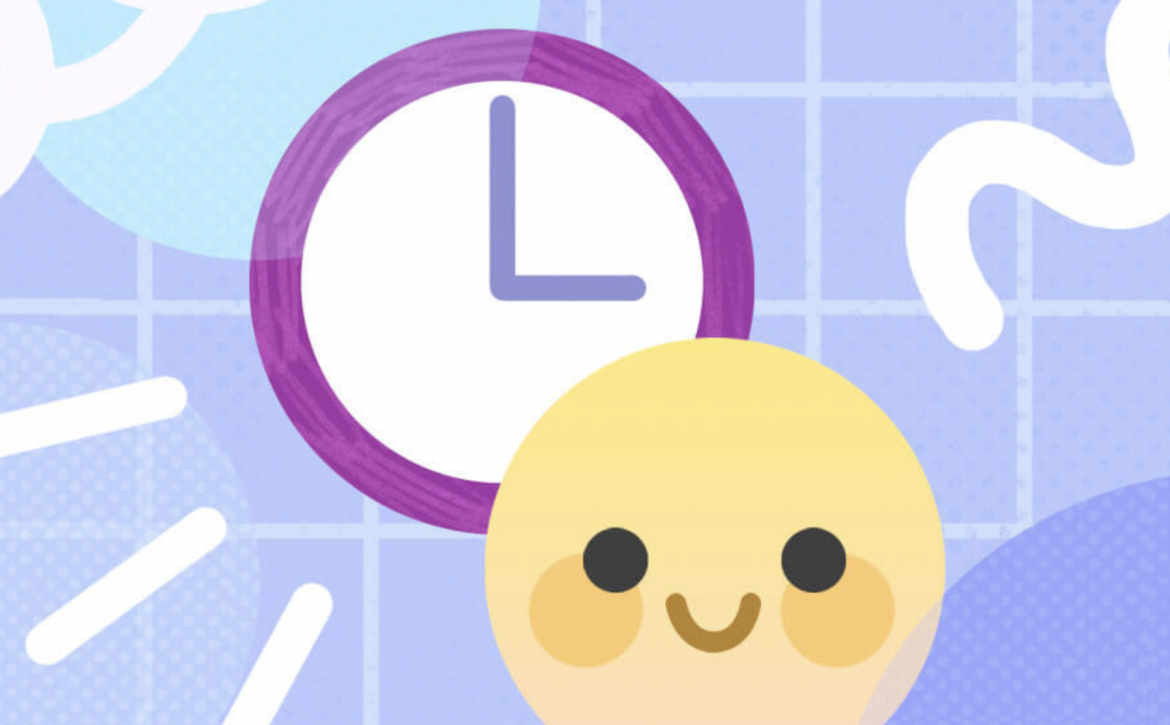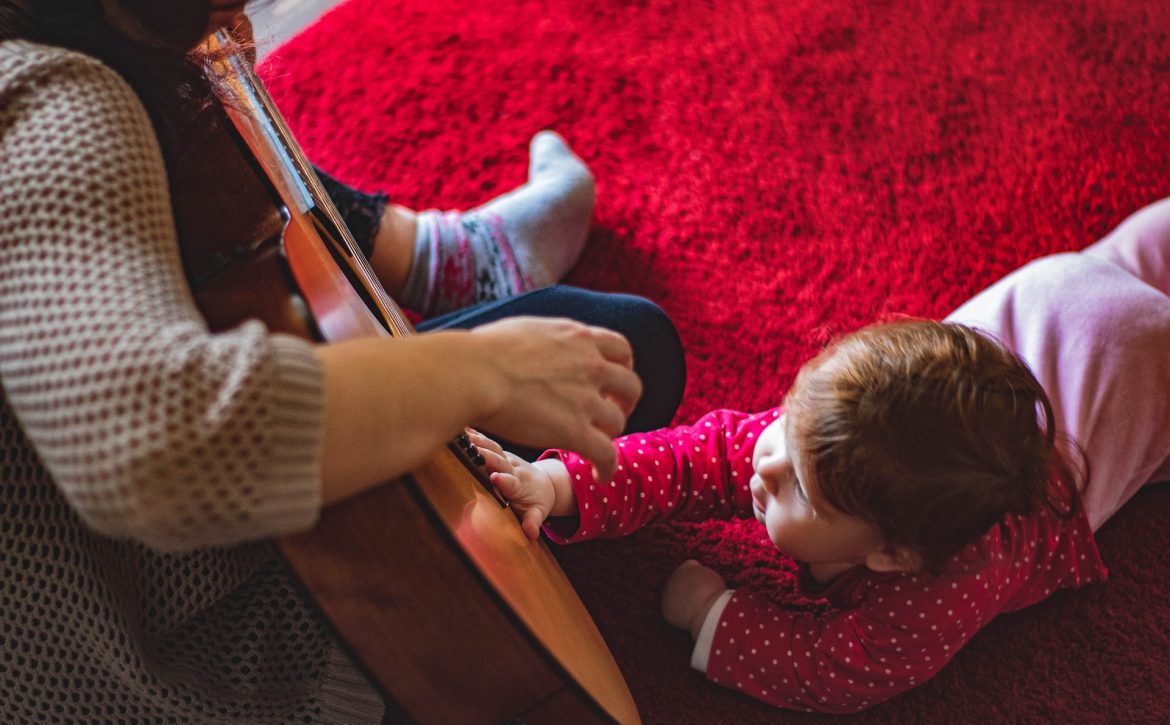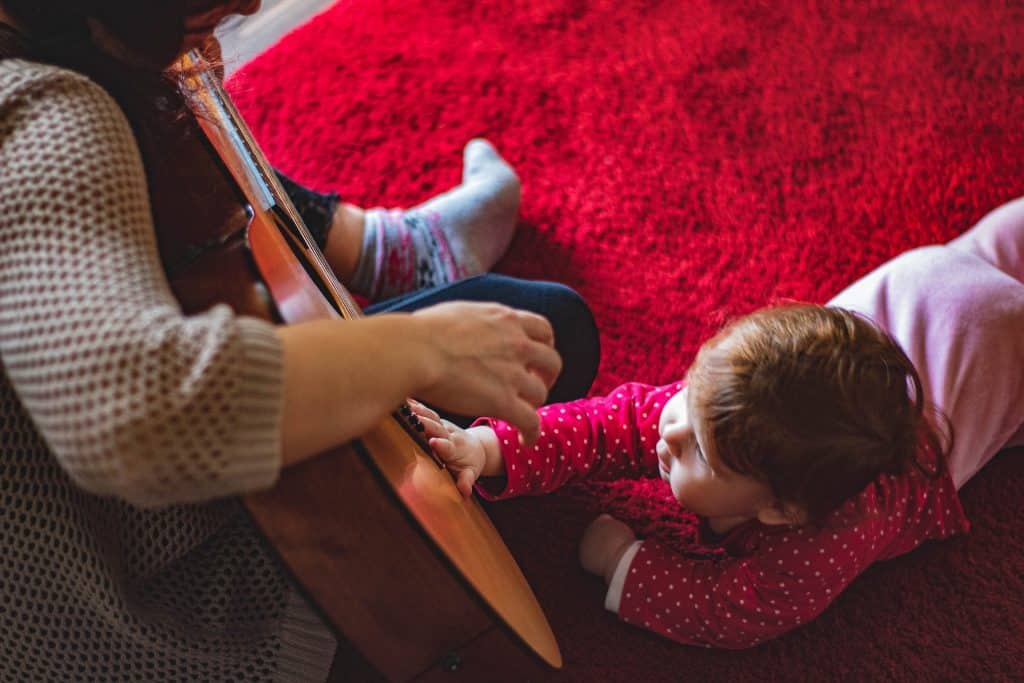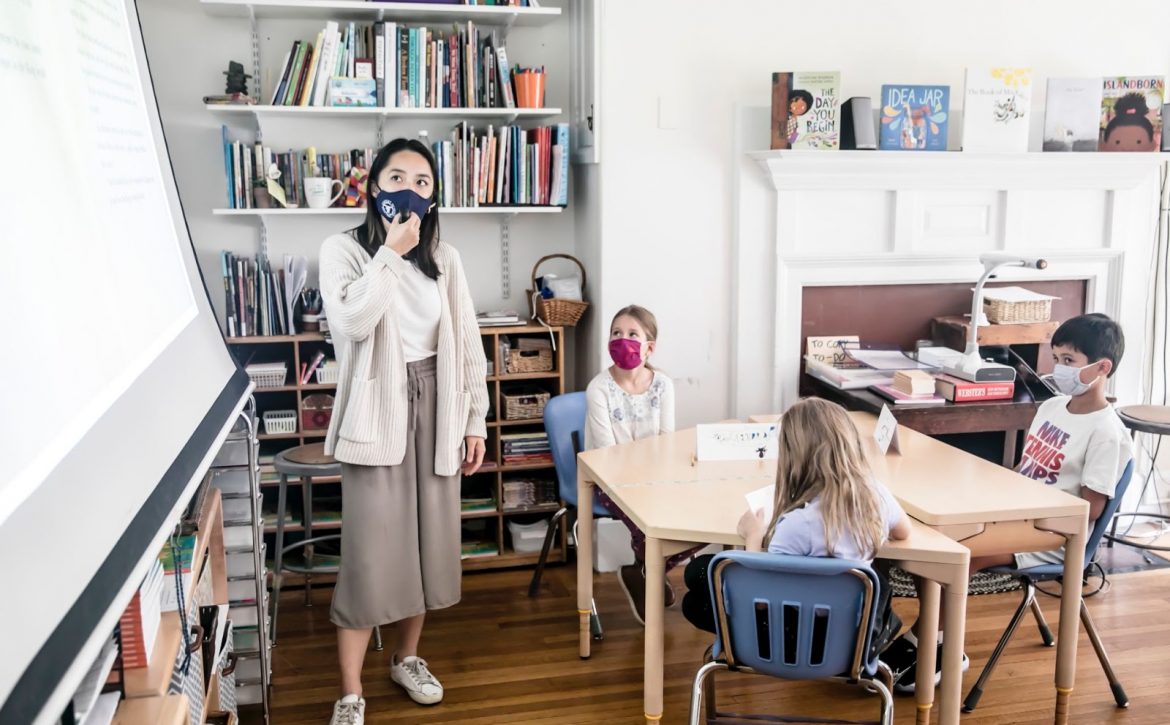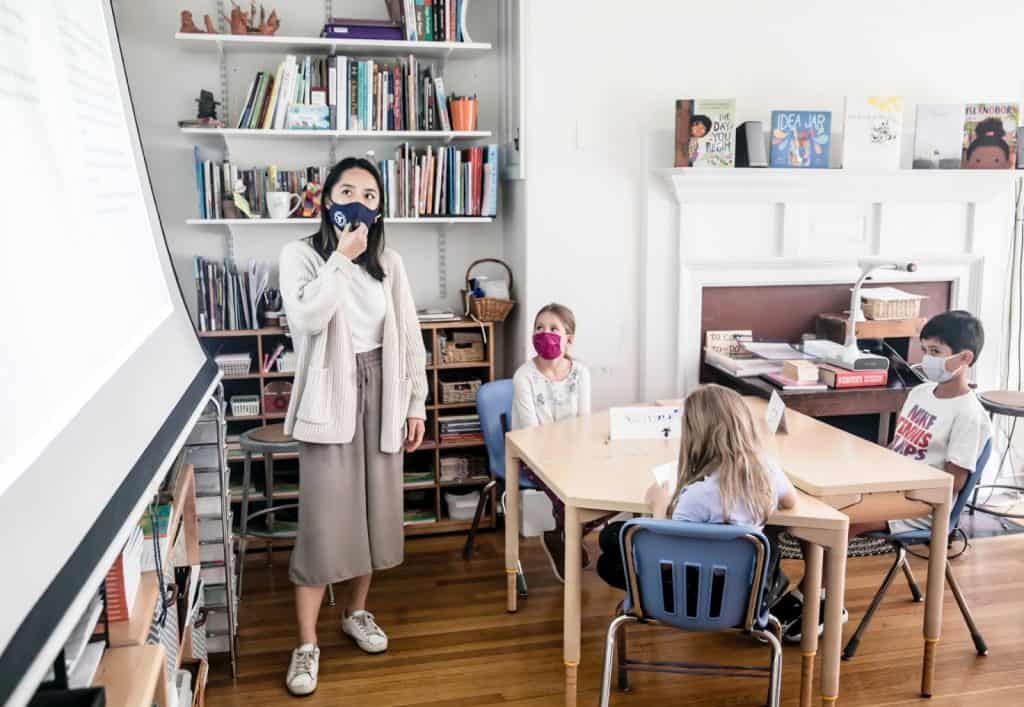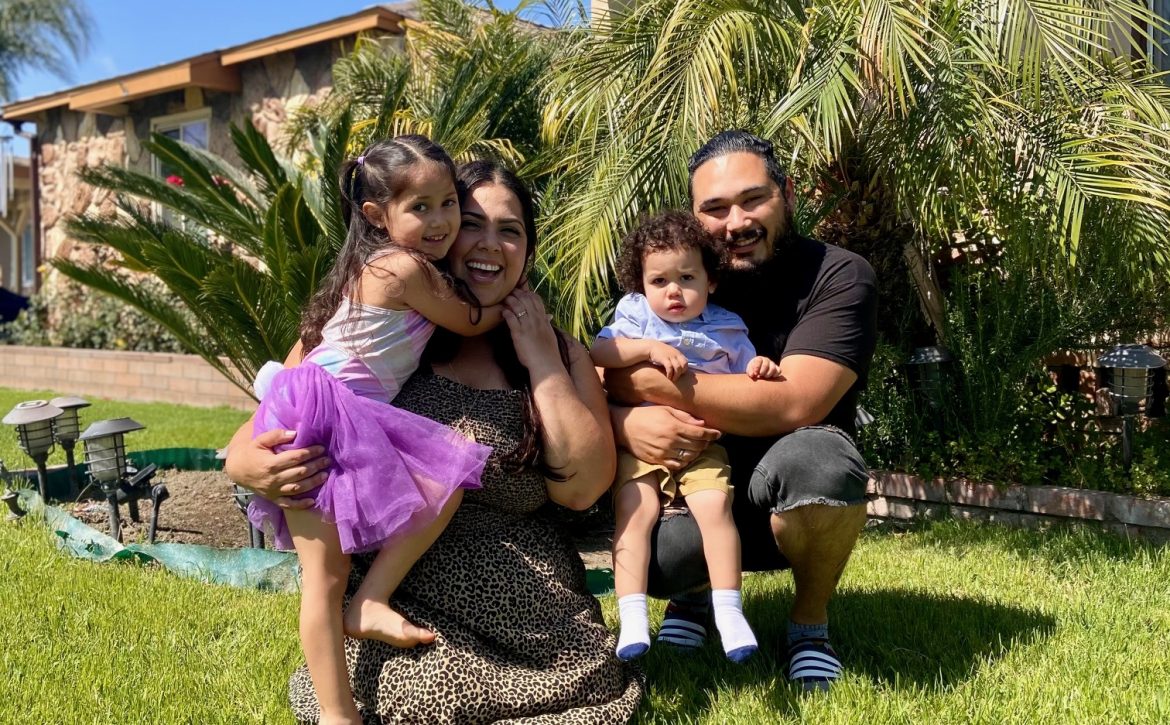Helping Children Identify Their Emotions
Key Takeaways:
- Identifying emotions helps children communicate their feelings and provides them with tools to feel confident expressing themselves.
- Encourage children to notice their physical and behavioral expressions of different emotions.
- When children are aware of their emotions they can practice more effective regulation strategies.

Emotions can be confusing and overwhelming for adults, so just imagine how it must feel for a young child. Children feel a vast array of emotions daily, sometimes experiencing quick shifts between each one. On top of that, children are realizing that they can have multiple feelings at the same time. It’s a lot!
“Big” emotions (e.g. anger, sadness) can be particularly challenging for children who don’t yet know how to communicate and manage their feelings effectively.
Encouraging children to label and describe their feelings, both in everyday moments as well as during times they’re experiencing difficult emotions, can help children build emotion awareness.1 However, it is important to keep in mind that discussions about big and difficult emotions happen best after your child has had time to decompress!
When children have a greater awareness of their emotions and a vocabulary to communicate their feelings, they have the tools to tell you how they are feeling, which allows them to seek help and work on emotion regulation strategies.1
So the next time your child feels upset, they might recognize the sensation of a faster heartbeat, tenderness in the throat, and increased body temperature — and think to themselves, “I’m feeling angry.” This awareness can lead to action, seeking comfort from an adult or taking some time to cool off.
As children build their emotional literacy, they develop confidence in the way they experience their own emotions and learn that feelings can change.2 As children grow older, their understanding of emotions evolves with time.
What does identifying emotions look like at different ages?
3-4 years
- Labeling distinct emotions, like “happy” and “sad.”
- Using language to describe their feelings, “I feel happy when I pet the cat.”
- Exploring that they have different ways to express different feelings, “I stomp my feet when I’m mad and I laugh when I’m happy.”
- Trying out a variety of ways to show their feelings, and noticing how others receive and respond to those feelings.
4-5 years
- With adult support, identifying which regulation strategies work for them, and beginning to practice them independently.
- Understanding that feelings can change or have different levels of stimulation, (e.g., the feeling of frustration as opposed to anger).
- Exploring the idea that you can feel more than one feeling at the same time.
5-6 years
- Beginning to understand more complex emotions like worry and trust
- Expressing that their feelings change throughout the day.
- Identifying appropriate ways to express their changing emotions in different contexts.
- Increased confidence and autonomy in choosing regulation strategies and communicating emotions.
Here are some ways to help your child assess their emotions:
- Model emotion awareness in your own life. 3 When your child sees you experiencing feelings, name them: “I’m feeling really sad that we can’t visit Grandma right now. I really miss her.”
- Help children understand the connection between body language, facial expressions, and emotions by specifically pointing them out. 3 For example, “I can see that you are hiding behind me and covering your face, are you feeling scared?”
- When you’re playing pretend or telling stories, have the characters express a range of emotions and play out different scenarios. 4 Role play and storytelling are excellent ways to learn about and practice emotions!
- Let your child feel their feelings—the good, the bad, and the ugly. 5 Try not to convince them that they’re “fine,” when they’ve expressed (possibly very loudly, and of course in public), that they are not in fact fine. Let them experience and process their emotions. Afterward, have a conversation about appropriate ways to manage their emotions in the future.

